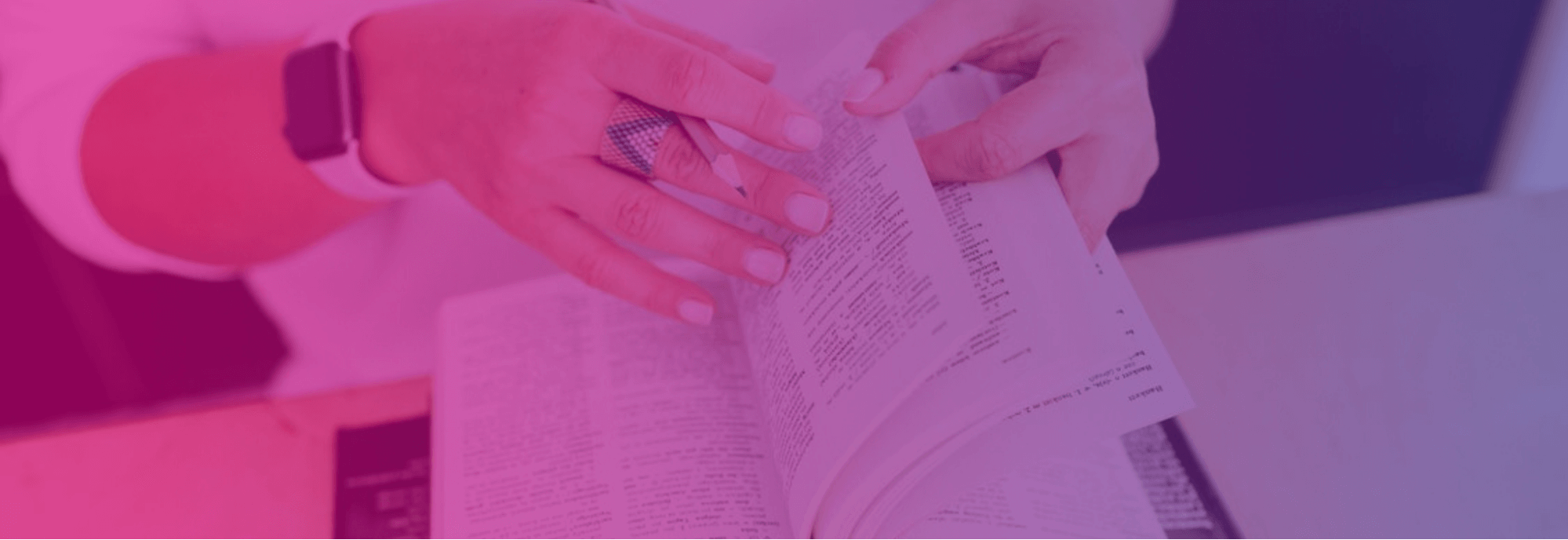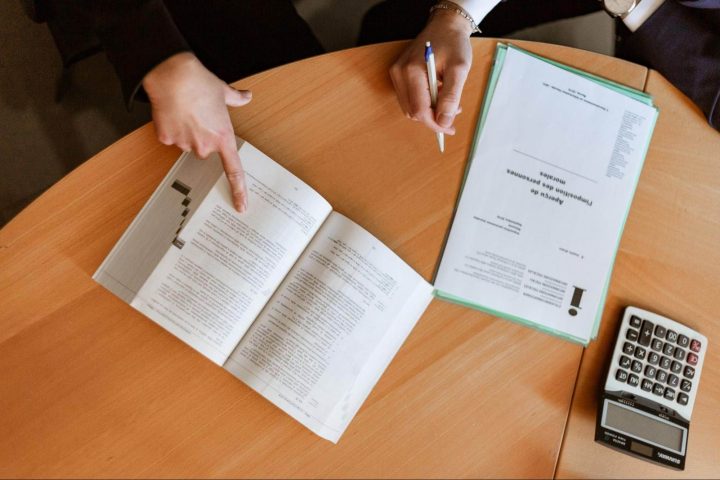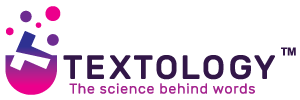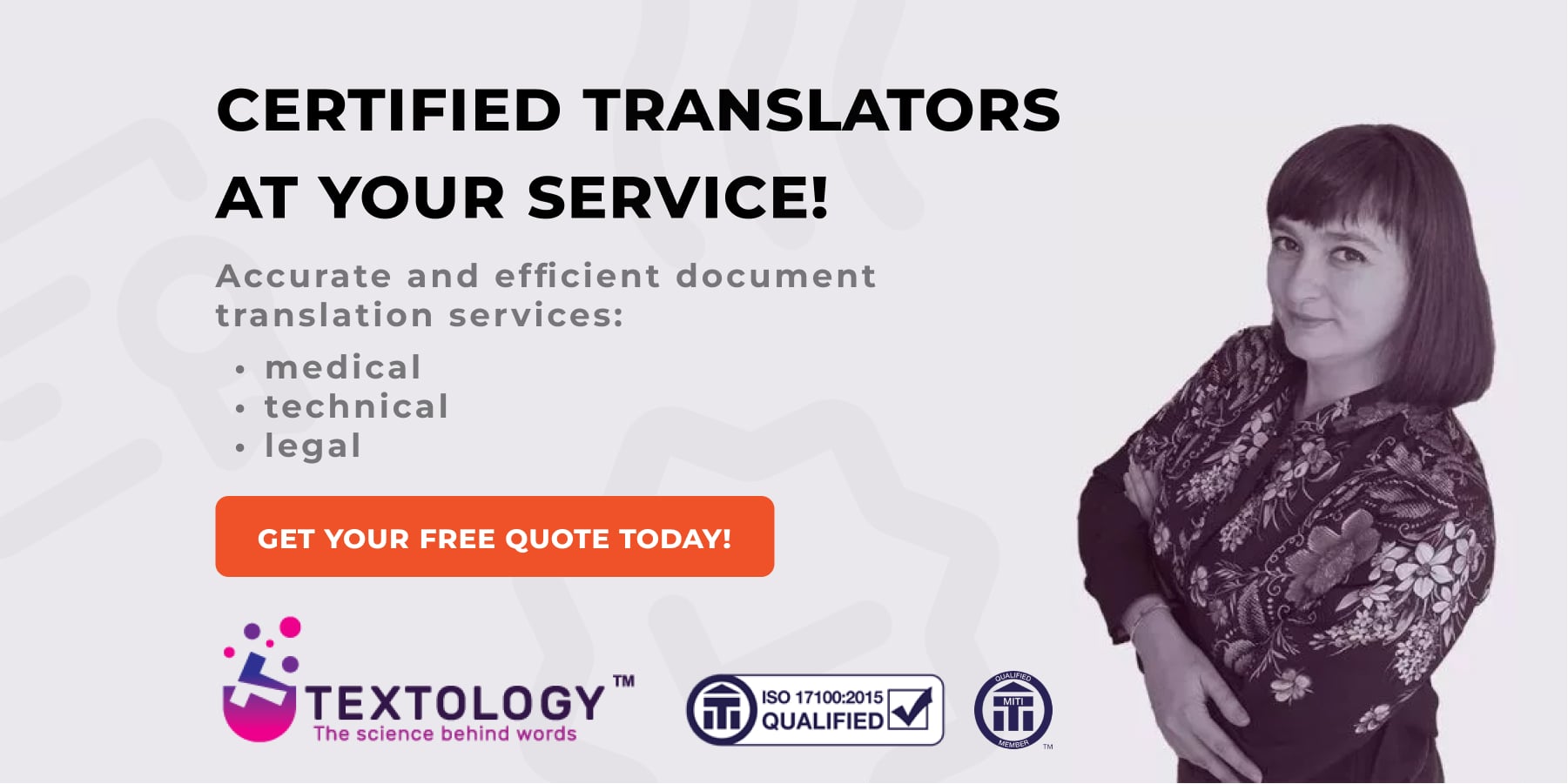
Have you ever heard about back translation? Do you know what kind of translation it is? Do you wonder what the back translation process looks like? Is it worth using this method? What kind of content has to be back translated? Do you need this? You can get quality assurance which your translation project needs – if you have any. Learn more about back translations with us!
What does back translation mean?
Back translation is the process of re-translating content – it has to be translated from the target language into the original language, in literal terms. Translations are performed before comparing the two source language texts.
Back translation is almost always performed by a professional translator who wasn’t involved in the original translation into the target language. Using this kind of translation helps satisfy legal and regulatory requirements. The process of back translation is also called reverse translation.
Are back translation and double translation the same?
Back translation is sometimes mistaken for double translation, but the two methods are slightly different. The second one is a translation method used when a translator is supposed to create a few versions of a piece of text (some content) and he has to take into account all the nuances in different phrases and words.
It is worth mentioning that back translation is no less important than certified translations – usually public documents which are submitted to institutions or third parties. They can be translated only by a sworn translator, a person of public trust.
Back translation – better understanding of meanings of words and phrases
Let’s imagine that you want to translate content from English to Polish. You ask a professional translator for help. Qualified and experienced translator would have to write a back translation in English. Thanks to that, it will be easier to understand the intention of the translated materials.
Back translation does not affect the translation memory. They also do not impact other resources such as glossaries used by a translator. Quite the contrary – back translation is really helpful especially when some taglines, titles, slogans, clever phrases, puns and product names need translating.
It happens that the implied meaning of some words or phrases in one language does not always work for another language. Thanks to the reverse translation process, we have the opportunity to see in what creative way translators decided to use concrete words and adapt them to their market. Sometimes, professionals provide us with multiple options. As a result, the source content owner is the one who makes a decision which of the different options is the best for the brand.

What does the back translation process look like?
This type of translation is frequently used as one of the methods of quality assurance. The reverse translation process looks as follows: at the beginning, a linguist’s job is to translate the original source text into the new language. After that, he translates it back into the source language in order to convey the exact meaning of the translation.
The final stage is all about selecting the best option which represents the brand in the best way. Choosing the option that perfectly represents the intention of the source content is the task of the content owner.
Why is it worth using the back translation method?
Translators use their skills in order to make content effective, persuasive and relevant to other people. That’s why they often introduce subtle cultural changes – we call it transcreation. There are lots of different ways to say the same thing.
Back translation gives us the opportunity to create an ideal marketing slogan which resonates with the intended audience. A good translator can come up with an advertising slogan that is catchy and – at the same time – is not too long. It has to be short enough to be placed on leaflets. Without back translation, you probably wouldn’t be able to find a good idea of the right metaphor.
Therefore, it can be concluded that back translation is really useful. This is quality assurance for content owners. Some types of content need perfect accuracy and back translation is something that gives us access to this accuracy like nothing else. With back translation, you don’t have to worry about managing risk. These services should be added to your high-risk and high-value multilingual translation projects.
What kind of content should be back translated?
High risk content which requires perfection is something that undoubtedly must be back translated. One of the examples of that kind of content is the medical field – in that case, mistranslations can lead to tragedy! Fortunately, there are medical translation services with experienced translators who are really good at what they do.
Clinical research, clinical trials, medical devices, medical and informed consent forms, pharmaceutical companies – we should commission medical translations only to the professionals each time! Remember that you shouldn’t use google for medical translations for many reasons. Don’t even think about it. That has a way of ending badly. Back translation is often a must. We should take into account much more than just the medical field.
When it comes to data content, we will need professional help with back translating survey results, polling, research and questionnaires. What’s more, financial documentation has to be translated with the highest accuracy too. Don’t forget about all the important paperwork etc. connected with the legal field. And finally we have manufacturing – food packaging, software agreements and copy… and many more! They cannot be omitted. Without back translation, they lose their significance.
Get the most out of back translation
Not everybody knows that there is something like back translation. However, many people can benefit from it. If you are a business owner, use the services of back translation – professionals will help you create a perfect marketing slogan for you! Also, do not hesitate to order a translation of medical or legal documents. As we are here to help you, we can calculate the estimate for you – ask for a free quote here.

